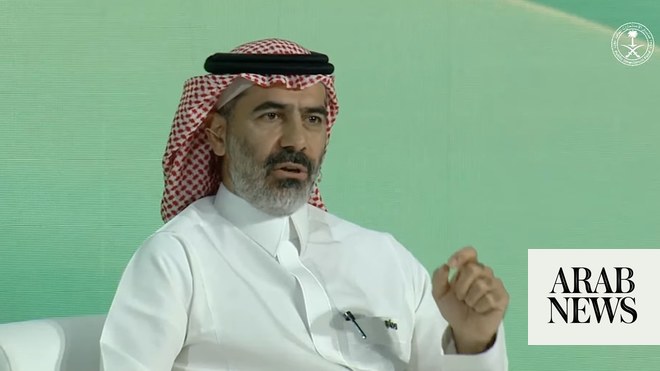
The international oil and gas industry needs to invest more than $20 trillion over the next 25 years to meet expected growth in demand and compensate the natural decline in developed fields, Saudi Aramco CEO Amin Nasser said on Tuesday.
Speaking at the CERAWeek conference in Houston, US, Nasser said the industry has already lost $1 trillion of investments from 2014 to 2016.
Future investments needed will only come if investors are convinced that "oil will be allowed to compete on a level playing field, that oil is worth so much more, and that oil is here for the foreseeable future,” Nasser said.
Speaking on the sidelines of the conference, Ecuador oil minister Carlos Perez indicated that Venezuela’s oil production is running 1.5 million barrels per day (bpd), less than its historic output. He stated that this is something Caracas must address itself.
“It is up to (Venezuela) to decide what to do," he indicated.
Perez also downplayed the impact of US shale production on global crude markets, noting that shale fields tend to have lower total oil recovery than conventional fields.
“It has an impact but not the impact we expected. Recovery factors are still low, so right now (there is) no additional impact,” Perez pointed out.
UAE oil minister Suhail Mohamed al-Mazrouei said on Sunday that OPEC discussed last year Venezuela’s decreased production and offered technical aid to help restore the South American country’s output.
Venezuela’s oil production fell 13 percent in 2017 to a 28-year low of about 2.072 million bpd.
Organization of the Petroleum Exporting Countries (OPEC) believes Venezuela will be able to rebuild its production.
Meanwhile, International Energy Agency (IEA) said on Monday that strong global demand for oil and gas will shift away from motor fuels gasoline and diesel and toward petrochemicals.
Demand for products ranging from fertilizers to plastics and beauty products will drive 25 percent of the expected oil demand growth to 2023, the IEA mentioned.
This shift represents a major challenge to the oil industry, at the time many of the petrochemicals will be produced using gas.
IEA also indicated that growth in gasoline and diesel usage will be held back by fuel efficiency improvements and declining consumption in the developed world.
The organization pointed that global oil demand is expected to rise by 6.9 bpd to 2023 with a quarter of this growth, or 1.7 million bpd, coming from demand for petrochemical ethane and naphtha.
“Global economic growth is lifting more people into the middle class in developing countries and higher incomes mean sharply rising demand for consumer goods and services,” IEA said, adding that a large group of chemicals derived from "oil and natural gas are crucial to the manufacture of many products that satisfy this rising demand."
Oil refineries produce Naphtha, but other petrochemical, like ethane or liquefied petroleum gas (LPG), are processed outside traditional oil refineries.
“Ethane, liquefied petroleum gases and naphtha, pose a bigger threat to the refiners’ market share than electric vehicles and gas-powered transportation combined,” the IEA stated. The agency estimated refiners would see just 4.8 million bpd of the demand growth to 2023, missing out on 30 percent of it.
The boom in US shale oil dramatically expanded the availability of ethane, with a string of new projects on the US Gulf Coast being established to process it.
IEA mentioned that jet fuel, supported by growing demand for air travel, will grow by 1.2 percent to 2023.












